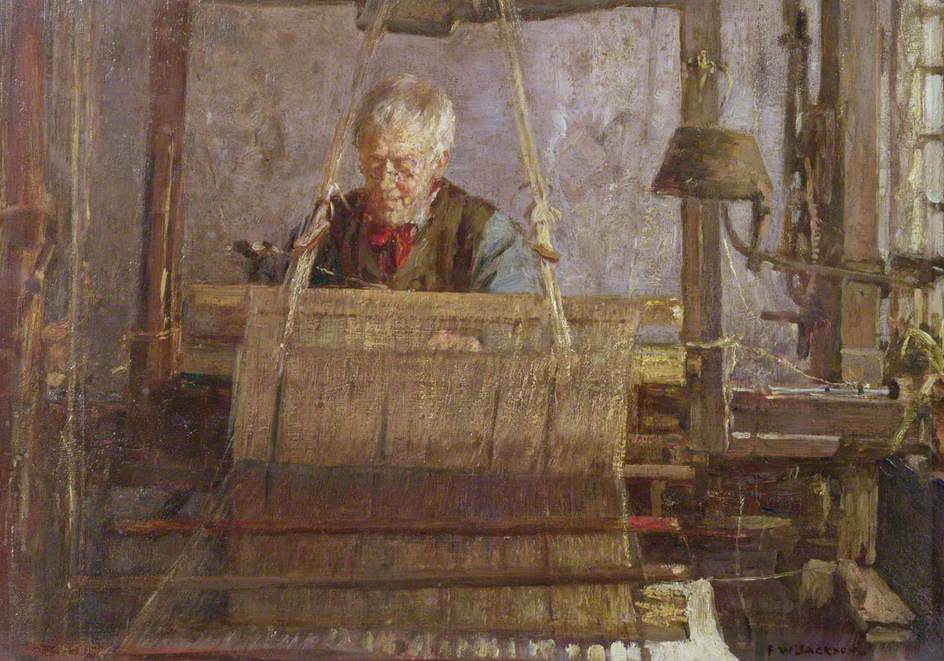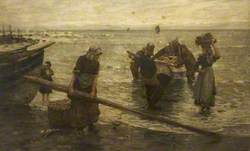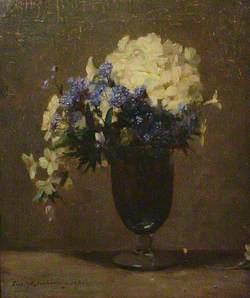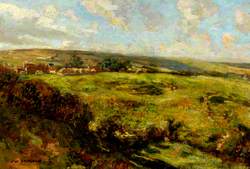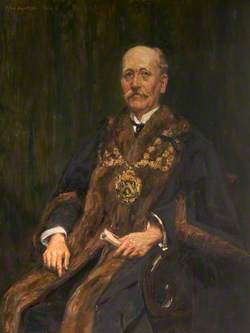How you can use this image
This image can be used for non-commercial research or private study purposes, and other UK exceptions to copyright permitted to users based in the United Kingdom under the Copyright, Designs and Patents Act 1988, as amended and revised. Any other type of use will need to be cleared with the rights holder(s).
Review the copyright credit lines that are located underneath the image, as these indicate who manages the copyright (©) within the artwork, and the photographic rights within the image.
The collection that owns the artwork may have more information on their own website about permitted uses and image licensing options.
Review our guidance pages which explain how you can reuse images, how to credit an image and how to find images in the public domain or with a Creative Commons licence available.
Notes
Add or edit a note on this artwork that only you can see. You can find notes again by going to the ‘Notes’ section of your account.
Jackson was born in Middleton in 1859, one of three brothers born to a photographer and art dealer father. Jackson showed an interest in art from an early age, but had relatively little formal training. After leaving school he attended evening classes at Oldham School of Art where William Stott was a fellow student and then life-drawing classes at Manchester Academy of Fine Art. In 1880 Jackson’s first painting was accepted by the Royal Academy. This was followed by a spell living and painting in the Conway Valley in North Wales with fellow Manchester artists. In 1883 he first visited Italy to paint and in the following year travelled to Runswick Bay near the artists’ colony of Staithes. In 1884 he also travelled to Paris and his first painting was accepted at the Paris Salon that year. After similar success the following year, he enrolled as a student at the Académie Julian. Amongst his fellow students in Paris were the artists James Charles, Henry Herbert La Thangue, Edward Stott and William Stott. By 1886 he had returned to England becoming a founder member of the New English Art Club, which was set up as an alternative to the Royal Academy which was seen by some as being too traditional. With friends such as Walter Sickert and Philip Wilson Steer, Jackson could have established himself at the centre of artistic society in London, but he eschewed fame for finding good locations to record in paint and refining his technique. He made his home at Hinderwell near Staithes, eventually marrying a local farmer’s daughter.
Touchstones Rochdale
Rochdale
Title
The Last of the Hand Loom Weavers
Medium
oil on canvas
Measurements
H 37.5 x W 53.3 cm
Accession number
1099
Acquisition method
transferred from Middleton Library, 1978
Work type
Painting
